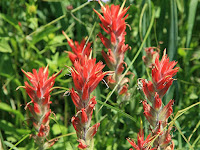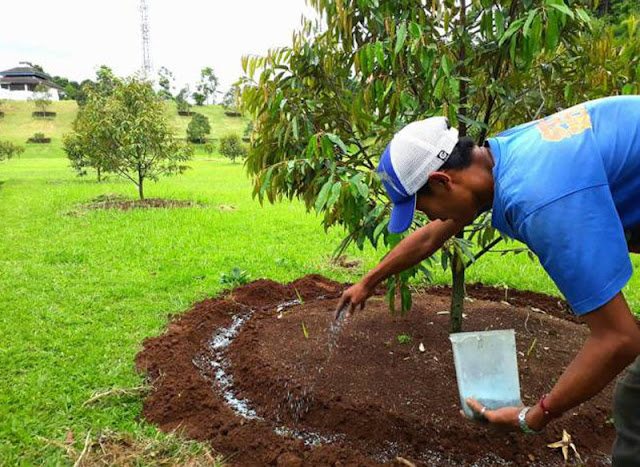Tough Plants

by Vicki Barney The north side of my house is a poor spot for a garden, receiving very little sun and used for winter snow storage. When a number of plants sprouted here, I was surprised. They must be tough plants. Utility workers disturbed this inhospitable area a few years back and subsequently, it was graveled. A few weeds sprang up, mainly prostrate knotweed and prickly lettuce, but no worrisome weeds. In the middle of the gravel, flowering plants appeared: Hollyhocks ( Alcea rosea ), Common yarrow ( Achillea millefolium ), and Spreading dogbane ( Apocynum androsaemifolium ). These plants grow elsewhere without my help and tend to be aggressive but, since they are thriving and draw pollinators, they are welcome here. Nothing grew in the least hospitable spot - along the wall – until this last spring. Graveled and shady most of the time, it receives a little moisture as it is directly under the roof’s dripline. Surprisingly, this little...




